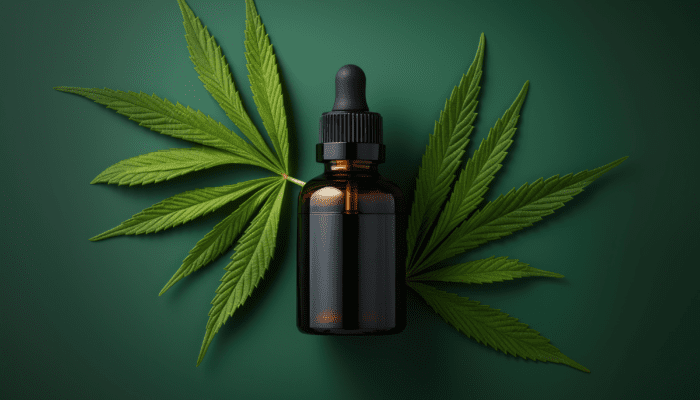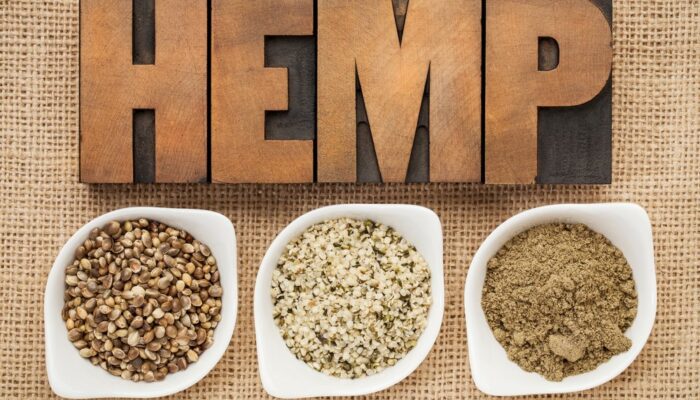CBD Gummies or Capsules?
Cannabidiol (CBD) gummies versus capsules, which one is actually better? With the advent and exploding popularity of CBD-containing foods and beverages, there are a variety of products to choose from, and the options alone can be overwhelming, let alone knowing which product is better for you (3).
Edibles have emerged as a popular method of taking CBD. As such, this has been very lucrative for many dispensaries and manufacturers. Edibles include a variety of different food products including gummies, capsules, oils, and beverages (4). Gummies in particular have been touted by the media as “one of the best” ways to get your daily CBD dose, but is it really?
The Age of the Gummies
Price
Many consumers are swayed by the price of a product. If you are new to CBD you may fall into the trap of buying an expensive product, thinking it will be more potent and taste better. The price of gummies, however, can leave us with a bad taste in our mouths. Gummies are one of the most expensive CBD products you can buy. This is especially true when you consider the actual dosage per gummy. On the other hand, capsules tend to be cheaper in comparison and are cheaper per dose than those colorful gummies.
Consistency
To say that the consistency of gummies is poor would be an understatement. The fact of the matter is, homogeneity and batch consistency leave us with some confusion. The level of dose between individual gummies is incredibly varied.
There is absolutely no way to get the same dose from one day to the next. Although this can be addressed by implementing quality control checks in the manufacturing processes, addressing homogeneity is another kettle of fish (7).
As you may well already know, CBD is lipophilic, meaning it really dislikes water and really loves fats. This can be quite problematic considering gummies are actually a water-based product. This problem is epitomized by the age-old problem of oil versus water. If you put a drop of oil into water, you know that the oil droplet will not mix at all and will settle at the top, no matter how much effort you put into mixing it.
This is essentially the same with CBD and water-based products. The consistency of CBD throughout that product will never be homogenous because of CBD’s lipophilic nature. While there are several new methods of incorporating CBD into water-based formulas, many manufacturers do not use this in manufacturing their gummies or candies; rather, it is used mostly for CBD beverages (8).
This lack of homogeneity among gummies is not only disappointing but, in some situations, can result in the product being very misleading. Several studies have shown that many products do not comply with the potency on the label (9).
The issues surrounding consistency is alleviated in capsules due to the fact they are just oil-based. This results in inhomogeneity across individual capsules as well as consistency with the potency on the labels (10).
Bioavailability
Last but not least, how bioavailable is the CBD in gummies? This is another question that leaves consumers on the way-side. If we return to our kitchen experiment with water and oil, we know that oils do not mix well with water, meaning, they are not water-soluble. This is a problem when it comes to our bodies absorbing the CBD (11).
When a consumer eats a gummy, it is first subjected to our digestive system. It then is absorbed into the bloodstream to be filtered by our liver. In essence, the amount our bodies actually absorb is less than 13% (12). Thankfully, due to the coating, capsules have a higher chance of more CBD being absorbed. Less of the CBD is digested on its first pass through the digestive system, leaving a greater chance of more being taken into our bodies after our liver has a second sweep at it (13).
It is not all bad for gummies, however. In addition to gummies’ delicious taste, it is also incredibly easy to monitor the maximum potential dose of CBD you are taking. However, if you were to pick one over the other, the red pill or blue pill per se, then put your money where your mouth is and opt for capsules (14).
The Bottom Line
In the exploding age of CBD-based foods, there is still so much information consumers do not know about the products they are wanting to buy. Two of the big players in the CBD world are gummies and capsules, but which is better? Owing to the price, consistency, and bioavailability, capsules are currently the more attractive, and beneficial of the two.





